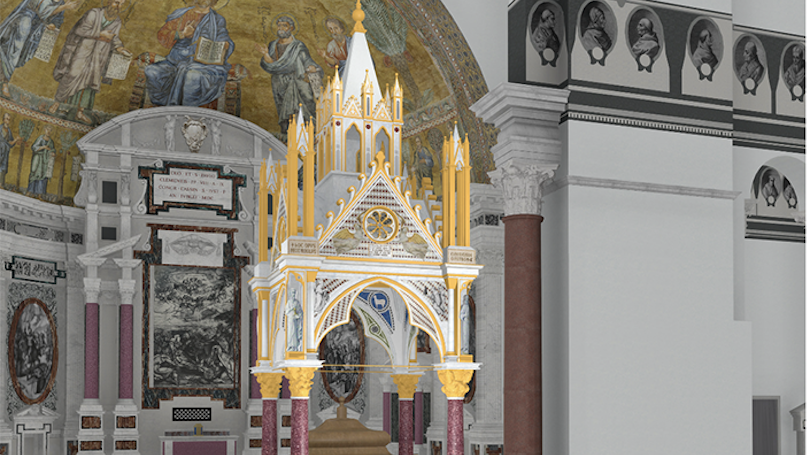
- Undergraduate
- Foreign Study
- Careers & Opportunities
- News & Events
- People
Back to Top Nav
Back to Top Nav
Back to Top Nav
Digital models help to visualize complexities heretofore unapproachable through more conventional methods of art history. The seductive qualities of these models—which tend to transcend those of words—are increasingly untempered by their digital and thus potentially alien nature. Modeling technologies—including, but not limited to, GIS, photogrammetry, laser scanning, VR, AR, or BIM—can assist not only in visualizing, but also in measuring, reconstructing and, thus, analyzing works of art and architecture. With the use of these tools come both challenges and opportunities. Furthermore, the interdisciplinarity of digital approaches invites diverse conventions, and as the media used for digital visualizations are adopted across disciplines and their hermeneutics contested, the resulting epistemes are naturally hybrid. The authors of this volume present and discuss their ongoing projects in art and architectural history involving 3D-modeling. The aim of this collection, stemming from a workshop held in December 2020 at the Bibliotheca Hertziana, is to pose some of the most pressing questions about the process of visualizing artistic complexities.